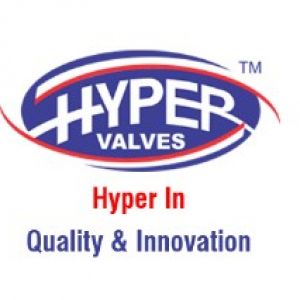How to find out the best pressure relief valve service provider?Posted by hypervalve on December 15th, 2020 Valve service providers work with a wide variety of customers in a variety of industries. Depending on the customers you serve, you may come across a customer who requests valve testing with built-in safe devices. Given the restricted cost of safety relief valve India equipment, how can you serve your customer? Are internally secure devices really necessary, or are there options available at the pressure relief valve manufacturersthat will allow you to safely complete tests with devices that already exist? In this article, we will look at what an internal safe tool is, when you need to use it, and when it is more profitable and efficient to work with your customer to find alternative solutions. Let’s start with a clear definition of what an internal safe device is and how you can identify it. What is an internal safe device? Internally safe is a term used to identify devices that are certified not to bring sparks and are explosion proof. Depending on your location, you can identify specific internal safe certificates such as ATX (Atmosphere Exposable), used in the European Union, and the international system for certification of equipment for use in IECEX in explosive environments. Internally safe devices are designed and manufactured for safe use in explosive environments regardless of specific certification or application created by the safety relief valve manufacturers. This device meets standard standards and testing requirements to ensure extreme safety in potentially hazardous environments. Identify built-in safe devices Visual evidence of the system's security rating must be displayed in any device that is considered internally secure. The device must be specified and labelled with a specific code indicating the level of security that the device provides. There is a range of safety levels corresponding to different levels of the explosive atmospheric field. In many cases, there are alternative solutions that safety relief valve manufacturers India can provide that will meet your customer's safety standards, without the need for you to invest in an internal safety valve testing device. Here are some ways to find out if your customers can benefit from a more convenient testing service: Consider the consumer industry While many features may require an internally protected device for part of their feature, it is rare for a feature to use only internally protected devices at any one time. When your customer asks for an internal safe valve testing device, consider their industry first. Industries in particular require built-in safe equipment:
Warm work permits are required in areas where there may be flammable environments. Although this permission is usually associated with work such as welding, cutting and soldering, it extends to any activity that may cause flames, sparks and heat. If a warm work permit is acceptable for your client's convenience, you are able to complete your test more quickly and efficiently. By obtaining a warm work permit before entering your client's facility. Like it? Share it! |


